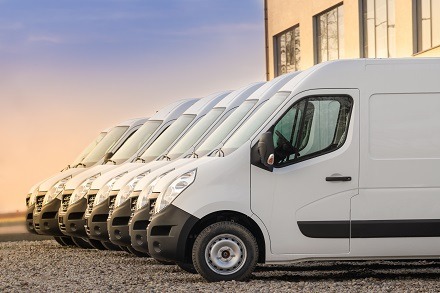Company cars and vans, when used privately by employees are treated differently for tax purposes. Vans are generally treated more favourably than cars, though the reduced rates for low emission cars have complicated matters. For example a zero emission car would have 0% benefit, whereas an electric van still has a flat rate benefit, albeit 80% of the standard flat rate benefit.
In the company car v company van debate, there has long been a grey area – the multipurpose vehicle – which has been the subject of a long running Tax Tribunal case, HMRC v Coca-Cola (GB) Ltd.
Sometimes referred to as a “crew-cab” vehicle or a double cab pick up, these are vans with a second row of seats behind the driver. Up until now, if the second row of seats did not span the entire width of the vehicle, it could be considered “van-like” enough to be taxed as a van for benefit in kind purposes.
In the Coca Cola case, The Court of Appeal (CA) has now determined that multi-purpose vehicles, capable of carrying goods and people, are not “van-like” enough and will be taxed as cars.
What is a van? Legislation suggests it is a goods vehicle – a vehicle of a construction primarily suited for the conveyance of goods or burden.
The CA looked at the definition and determined that
- “a construction” should be interpreted as the condition of the vehicle after modifications and the state it was provided to the employee
- “primarily suited” should mean “first and foremost”, clearly more suitable for goods not just more suitable on a fine margin
If you provide crew cab style company vehicles to your staff and private use is permitted, you will need to make sure you take this decision into account when preparing P11D computations for the tax year 2020/21 and onwards.
If you would like to discuss your own company car policy with us, without obligation, please do get in touch.

